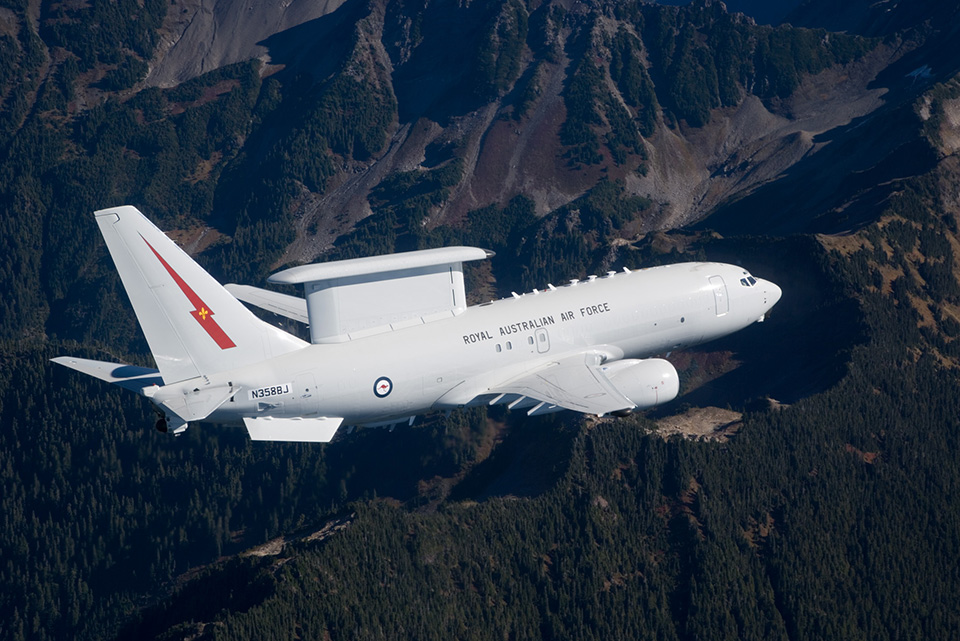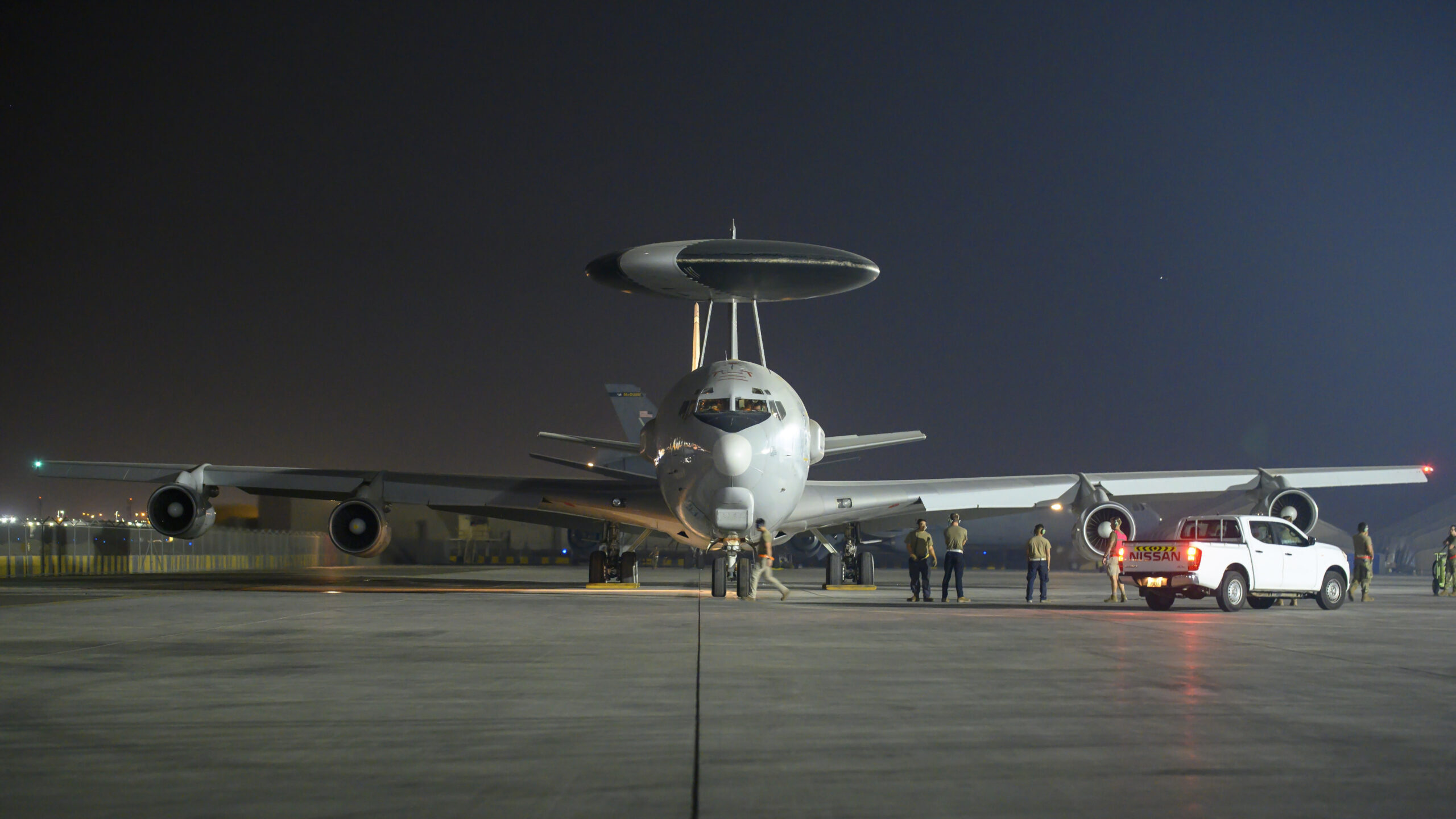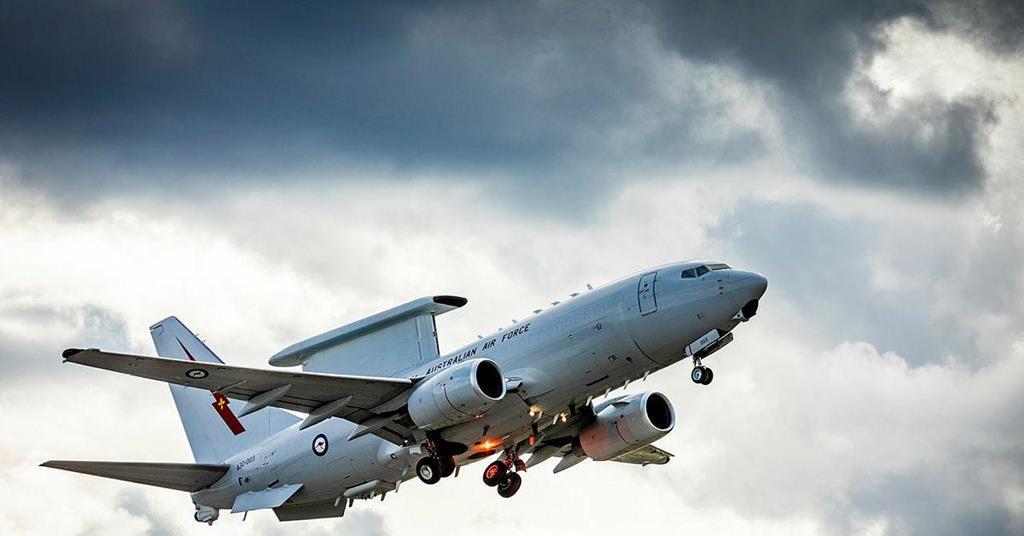FormerDirtDart
Well-Known Member
Damn, I meant to address this, but failed to get to it in my original reply, and am to late to add an edit.I agree, a MRTT/LMXT is a contender. WRT Boeing, I can’t see any advantage for them to offer 767 again which is why perhaps their bigger models should be considered for the extra cargo capability/fuel load. I suspect a large cargo door in the composite 787 wouldn’t be desirable.
There are actually tremendous advantages to re-offer the KC-46. Life-cycle sustainment commonality..
But, a split type fleet does offer tremendous redundancy should you encounter a type-grounding situation..




